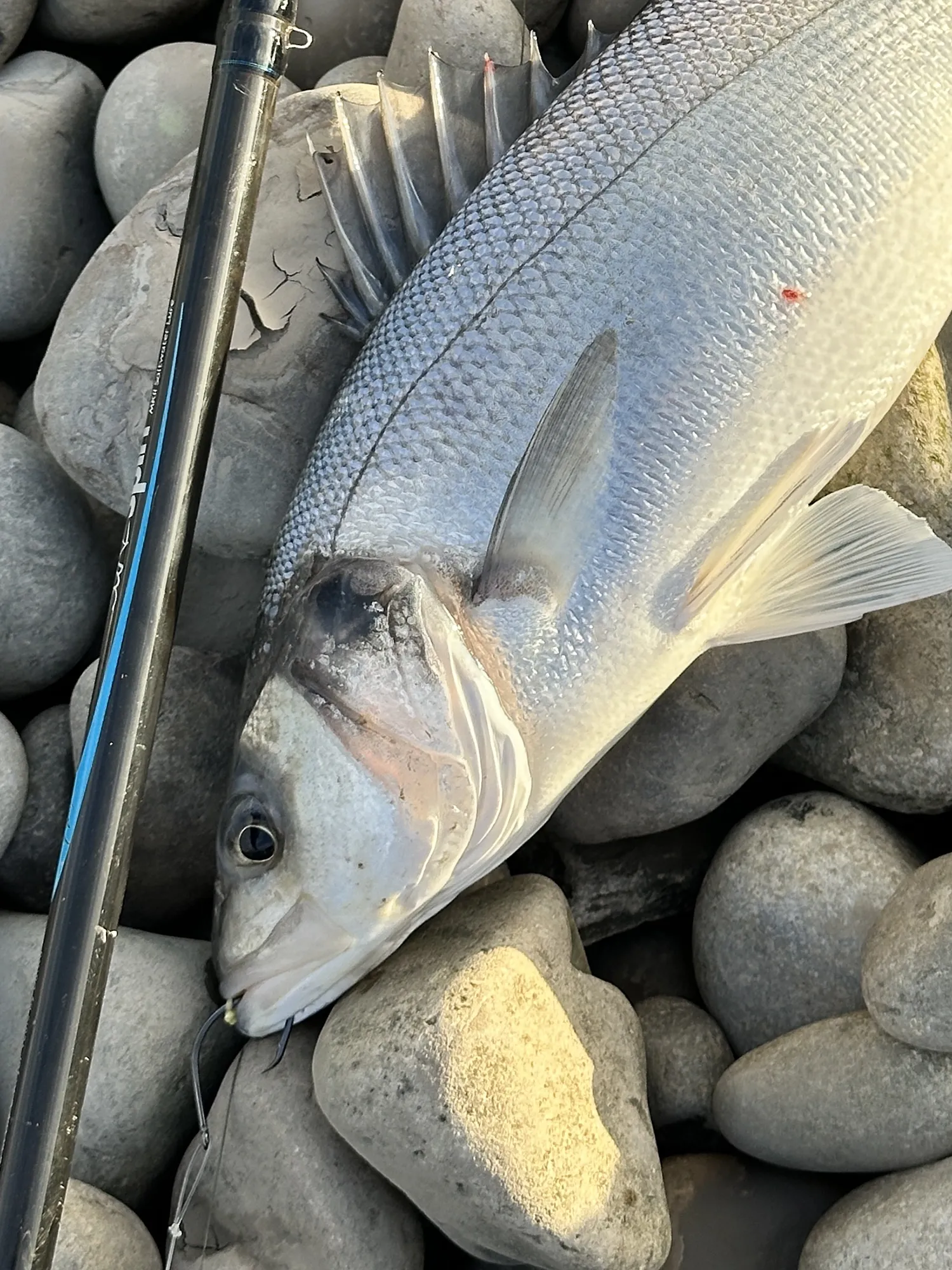Shifting Tides: How Fish Populations Have Transformed in the Bristol Channel Since the 1990s
Explore this blog to learn more about Shifting Tides: How Fish Populations Have Transformed in the Bristol Channel Since the 1990s.
Published on October 28, 2025
- /
- Blogs /
- Shifting Tides: How Fish Populations Have Transformed in the Bristol Channel Since the 1990s
Shifting Tides
How Fish Populations Have Transformed in the Bristol Channel Since the 1990s
When I first cast a line into the Bristol Channel back in 1991, I could never have imagined how dramatically this stretch of water would change over the following decades. Over thirty years of fishing these marks have given me a front-row seat to a quiet revolution beneath the waves, one that few seem to talk about. Fish movements, once predictable and abundant, have shifted in ways that defy expectation. Some species have vanished almost entirely, while others have staged remarkable comebacks. Below are a few of the most striking examples I’ve witnessed first-hand.

The Vanishing Whiting- From Plague to Rarity
If there’s one species that defines change in the Bristol Channel, it’s the whiting.
In the early 1990s, these silvery predators were everywhere. They swarmed the marks in such numbers that anglers struggled to get a bait to the seabed without one latching on. Cod fishing often turned into an unintended whiting match, and competitive anglers thrived on their abundance.
But that abundance didn’t last. Over time, whiting numbers collapsed to the point that catching even a handful now feels like a small victory. Some years show glimmers of recovery, but on the whole, the whiting has all but disappeared from the Channel’s story.
There’s no clear answer why. Many speculate the shoals have followed food sources elsewhere, yet no one seems certain. Curiously, while anglers often lament the decline of cod, few ever mention the whiting, a silent disappearance that deserves more attention.

The Rise and Fall of Cod in the Bristol Channel
During my early sea-fishing days, cod were the cornerstone of Bristol Channel sport. You could catch them on almost any tide and from almost any mark- the question was how many, not if.
Double-figure fish were commonplace, and the Channel was rightly celebrated as one of the UK’s premier cod venues.
Commercial pressures, however, began to take their toll. Stocks declined through the 1990s and early 2000s, only to bounce back briefly following restrictions such as the Irish Box netting ban. That resurgence was short-lived.
Today, the story is grim once more. We’re enduring some of the toughest cod seasons in recent memory, and many experienced anglers struggle to land a fish of any size. The cod, once a symbol of Bristol Channel fishing, now feels like a memory we’re all hoping to relive, yet one that I can never again see becoming a reality.

Thornback Rays: A True Recovery Story
Not every tale is one of decline. The thornback ray stands out as a genuine success story.
In the 1980s, intense long-lining pushed this elegant species to the brink of local extinction. Catching a ray in the upper Channel required perfect timing, precise bait selection, and a good dose of luck.
Fast-forward to today, and the turnaround is remarkable. Following the ban on long-lining, thornbacks returned in force. Now, from Portishead to Hinkley Point, anglers regularly land these fish on both high and low water tides. It’s proof that with the right conservation measures, marine life can rebound. Add to this the abundance of blonde rays on marks around the upper Bristol Channel, and it’s fair to say that ray numbers are on the up in general.

Smoothhounds: From Rare Visitors to Regular Catches
There was a time when smoothhounds were a southern luxury. Anglers from the upper Bristol Channel would organise club trips to North Devon hotspots like Westward Ho! just for the chance to hook one.
Then, in the early 2000s, everything changed. As drier springs increased salinity levels in the upper Channel, smoothhounds began pushing further north. At first it seemed a seasonal quirk, now it’s an established trend.
Early arrivals were mostly hefty specimens, rarely under twelve pounds. These days, we’re seeing a broader mix, including smaller fish, hinting at potential breeding success closer to home. It’s a fascinating development and one that shows how adaptable these sharks really are.

What’s Driving the Change?
Three decades on the water have made one thing clear: the Bristol Channel’s ecosystem is evolving.
The reasons are complex; a mix of commercial fishing pressure, environmental policy, water temperature changes, and shifting food chains. Whether driven by overfishing, climate change, or natural cycles, the transformations are undeniable.
As anglers, we may not have all the scientific answers, but we are the observers on the front line. Every cast tells part of the story of an ever-changing sea.
Final Thoughts
Nature is Dynamic
From the vanished whiting to the triumphant return of the thornback ray, the Bristol Channel continues to remind us that nature is dynamic, resilient, and unpredictable.I’ve seen the tides change in more ways than one since 1991, and I suspect the next thirty years will bring just as many surprises beneath these waters.


